COME AND SEE Explained: The Silent Scream of Hopelessness
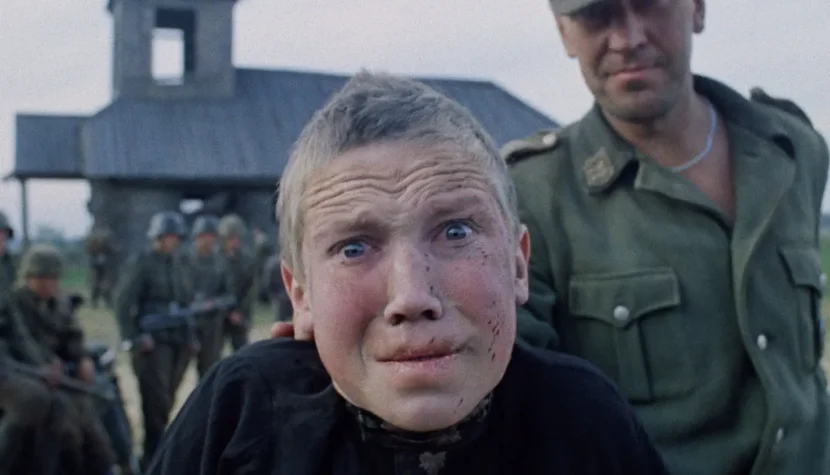
And when he opened the fourth seal, I heard the voice of the fourth Creature saying, “Come and see!” And I looked, and behold, a pale horse; and its rider’s name was Death, and Hades followed with him. They were given authority over a fourth of the earth, to kill with sword, with famine, with plague, and by the wild beasts of the earth.
(The Apocalypse of St. John; Chapter 6, verses 7-8)
Building allegory is never a safe task. It’s very easy to fall into a trap, veering toward overly obvious, and thus banal generalizations, which cover the work with a mist or even a thick fog of kitsch. Elem Klimov‘s film was originally going to be titled Kill Hitler, but even the disgraced censors of the perestroika period turned their noses up at the name of the Führer of the Third Reich. Hitler didn’t make the cut, so alternative options had to be sought. The problem was solved by the director’s brother, who, while traveling by car, reached for the Apocalypse of St. John. The sixth chapter of the text describes the breaking of a seal and the appearance of the four horsemen of the apocalypse, who begin to devastate the realm of humanity. The words “come and see” become a grim refrain that does not so much encourage as compel John to witness the successive tragedies befalling his brothers. After closing the car door, Klimov had his title.
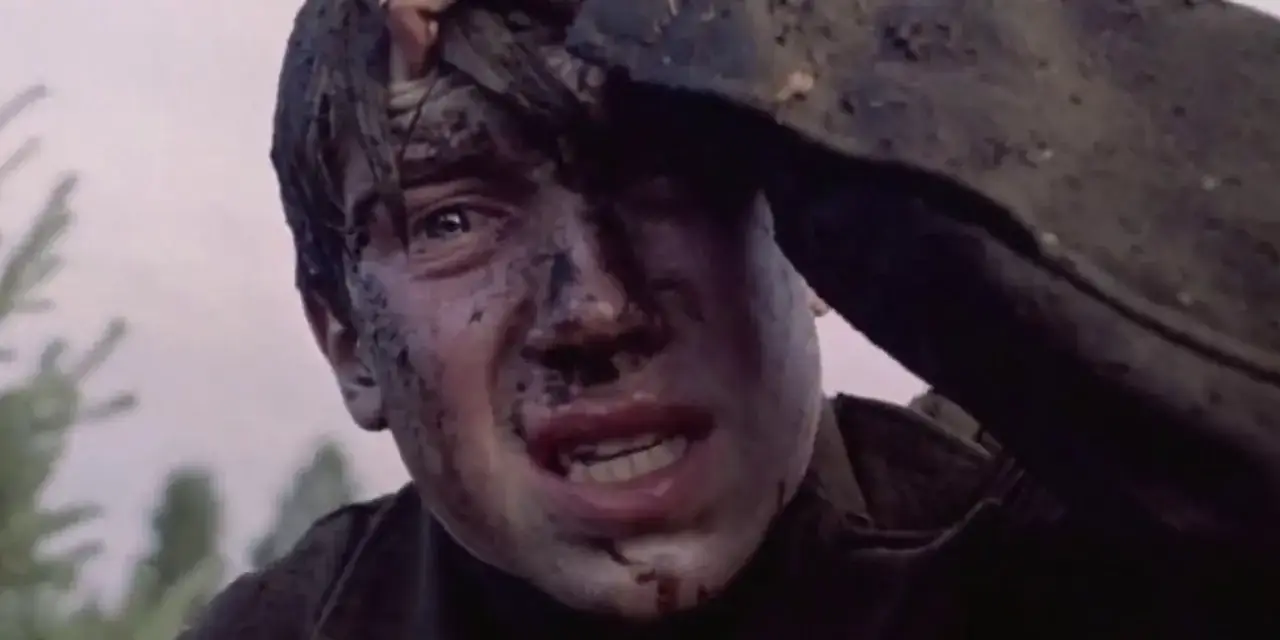
Such a significant reference immediately places Come and See within the allegorical context of a “fulfilled apocalypse.” Over the years, this term has been significantly devalued. Textbooks and the educational guidelines behind them address the subject of World War II and the Holocaust in a manner that is too straightforward. Genocide cannot be systematized, fit between topics on the Eastern and Western fronts, or reduced to a sequence of causes and effects stemming from tragedy. The literature included in the curriculum is well aware of this, as are the teachers who care. In most cases, however, the fulfilled apocalypse becomes a convenient linguistic crutch, which might earn a point or two more on a test checking knowledge of the evaluators’ rubric.

The weakened terminology, together with the overexploited allegory of war as apocalypse, might turn the viewer away from Klimov’s film. This is a natural defense mechanism that helps us avoid the countless, mass-produced war films where references to the revelation of the youngest apostle are nothing but a ploy for an audience hungry for pathos. Yet, Come and See is a film of an entirely different sort. Klimov does not cater to the average viewer, doesn’t pat them on the back, saying, Look at those heroic boys, how beautifully the banner flutters in the wind before another barrage of artillery explosions. Watching his film, we find ourselves in a completely different situation, akin to that of St. John. We want to close our eyes, deny what we see, scream that it’s only fiction, another cinematic lie. Klimov doesn’t allow us to do that; instead of comforting us, he holds us firmly and calmly, but decisively, repeats, “Look!” And we look, starting to believe that the apocalypse has indeed already occurred.
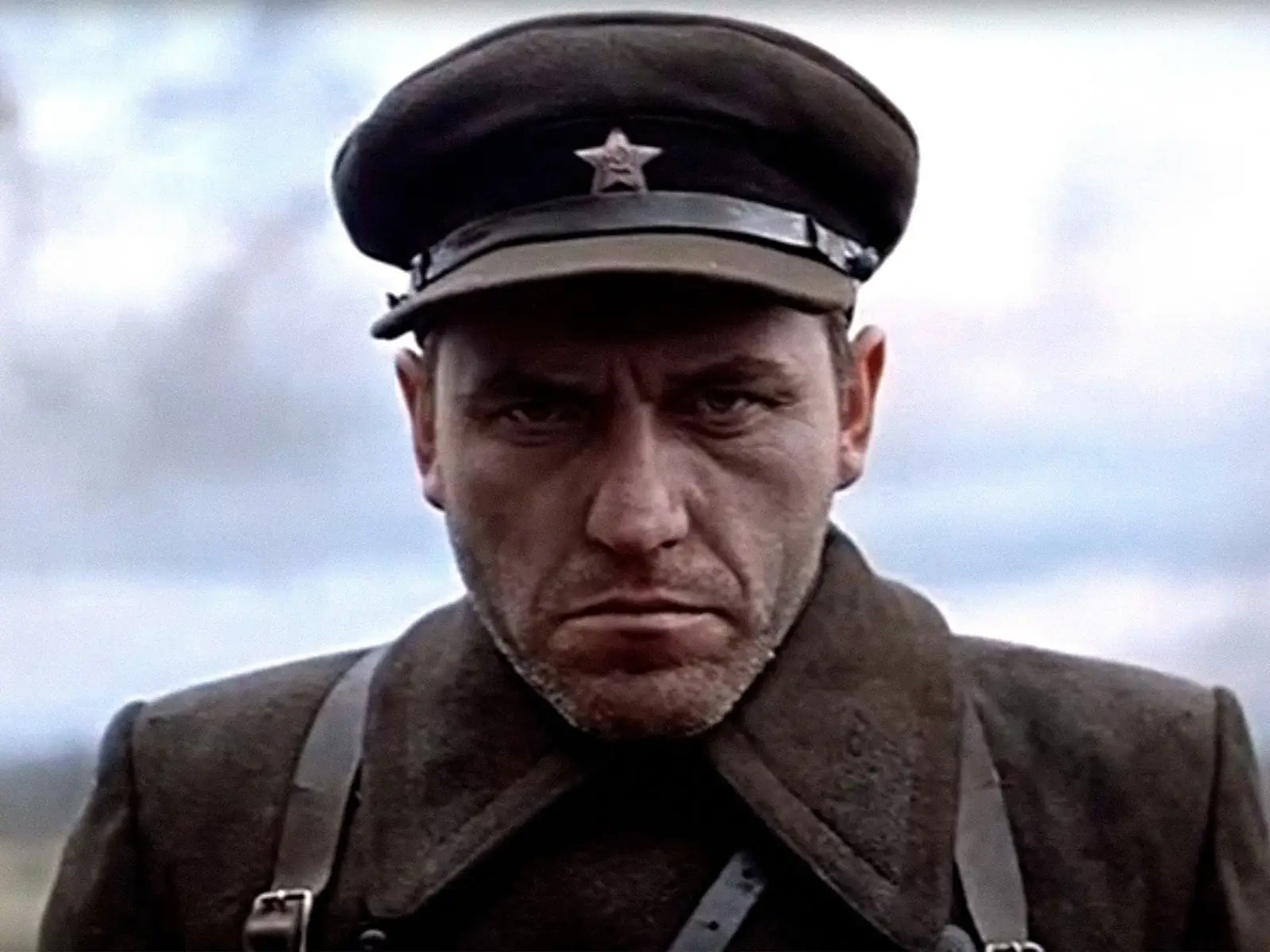
I Am from a Burning Village
The main author of the script for Come and See is Ales Adamovich, who was fifteen or sixteen during the Belarusian purges. At that age, he also joined the partisan units aimed at combating the Nazi Sonderkommandos that were exterminating Soviet villages. Klimov was too young to fight. His most vivid war memory remained the escape from the burning Stalingrad. The director recalls that he crossed the Volga on a raft, accompanied by his mother. Somewhere among the ruins was his father, repelling the Axis offensive. It was the year 1942.
Come and See is the outcome of these experiences, further intensified by the knowledge and reflections that surfaced in Adamovich’s and Klimov’s lives after the global conflict ended, during their adult years. It is no surprise that what happens between the frames of the film is deeply rooted in reality. A wooden church really burned, and the Nazi commander somewhere between 1942 and 1943 said that those who left their children inside could avoid death in the flames. Genocide spares no one, because children are the future. It is they, and the women who bear them, who must be eradicated first.
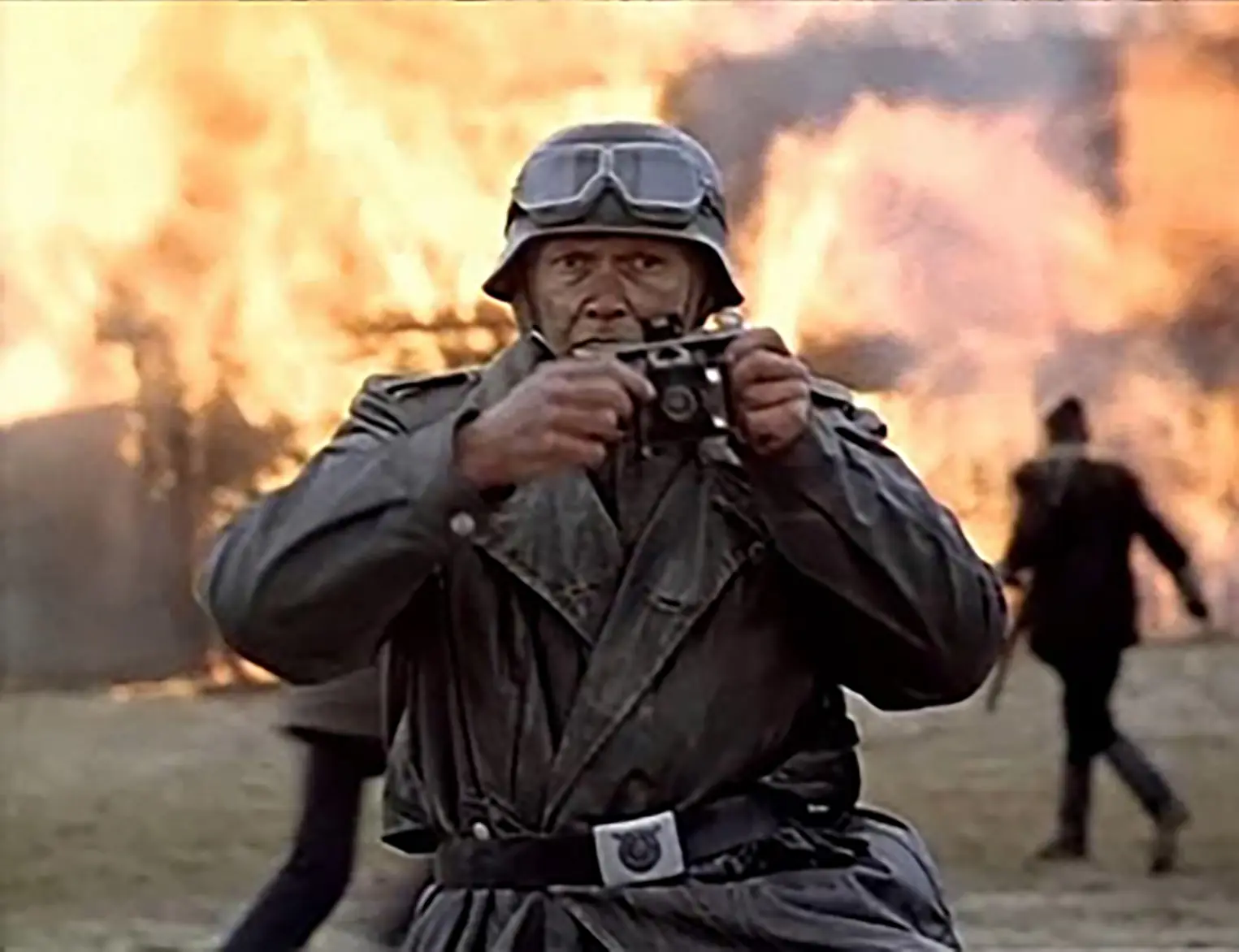
The structure of Come and See juxtaposes two different orders. On the level of the script, this is achieved by contrasting the world seen through the eyes of a child who understands nothing with the naturalistically portrayed reality of global conflict. Children play at war because popular culture portrays it as an event full of opportunities for heroism, a chance to prove one’s worth to the world. There are always the good guys and the bad guys; the rules are clear. It’s a playground for the imagination of the young. In the opening scenes of the film, Florya views the fight in the partisans in exactly this way. Searching for a weapon, a necessary item to join the unit, he doesn’t realize that by digging through the sand covering the victims of some previous battle, he is already in contact with death. He will only understand this when he finds a man dying from being doused in gasoline and set on fire, hidden on an island among the swamps—the same man who warned him away from the piles of sand and said that what he would find beneath them would bring him nothing but misery.
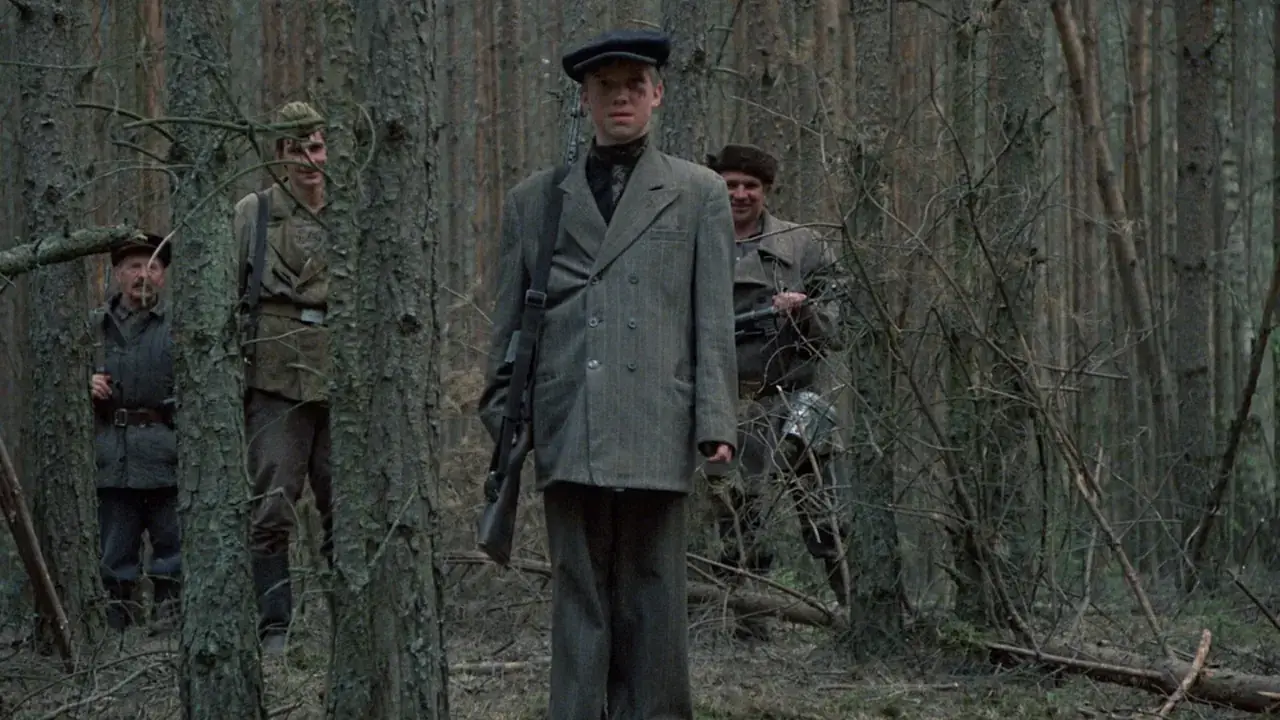
Looking into the eyes of the nearly disintegrated old man is a pivotal moment, both for the narrative and the formal aspects of the film. From this point on, Klimov increasingly distances himself from the dreamlike poetics of the film’s early parts. In this brief instant, the child loses his innocence, and along with it, begins to lose his sanity. Immediately after the encounter on the island, Florya embarks on a journey to find food for the hidden Belarusians. It is no coincidence that this ill-fated journey becomes a wandering through an ever-thickening fog. Under its cover, an unsuccessful rite of passage takes place. The boy does not transform into a man but rather into a wreck of a human being, a madman thrashing about like a wild animal caught in a trap.
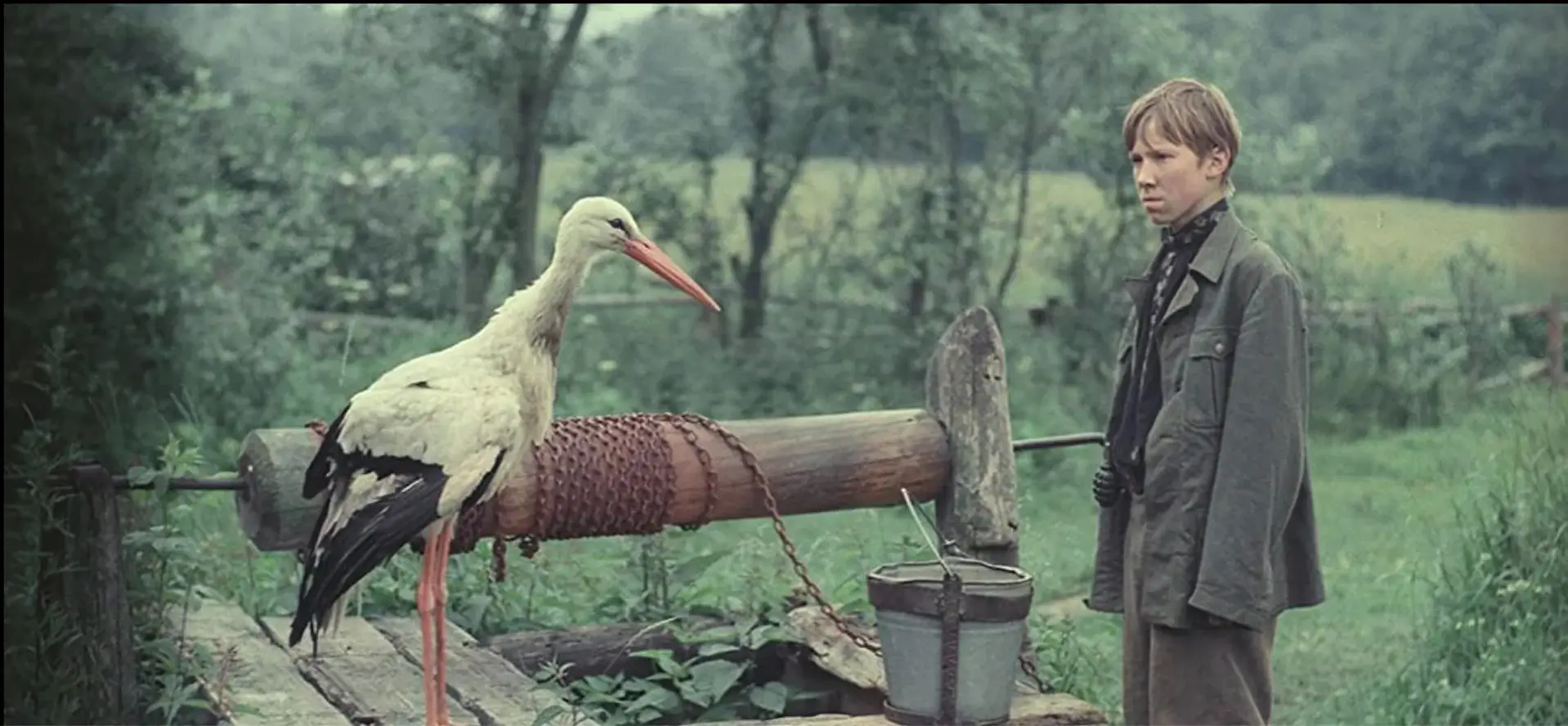
On the far shore of the sea of whiteness, the war ceases to be merely distant sounds of explosions and shells felling mighty pine trees. On the other side, blood runs down the thighs of a raped woman, who, as a cruel joke, has a small harmonica placed in her mouth, and machine-gun bursts finish off the people fleeing from a church engulfed in flames, while the perpetrators laugh. A philosopher once said that laughter is a reflex that distinguishes humans from animals. At this moment, however, it might be better to frame the question differently and ask what this distinction really says about us. The glow emanating from the fire consuming wood and human remains is hard to call a positive light.
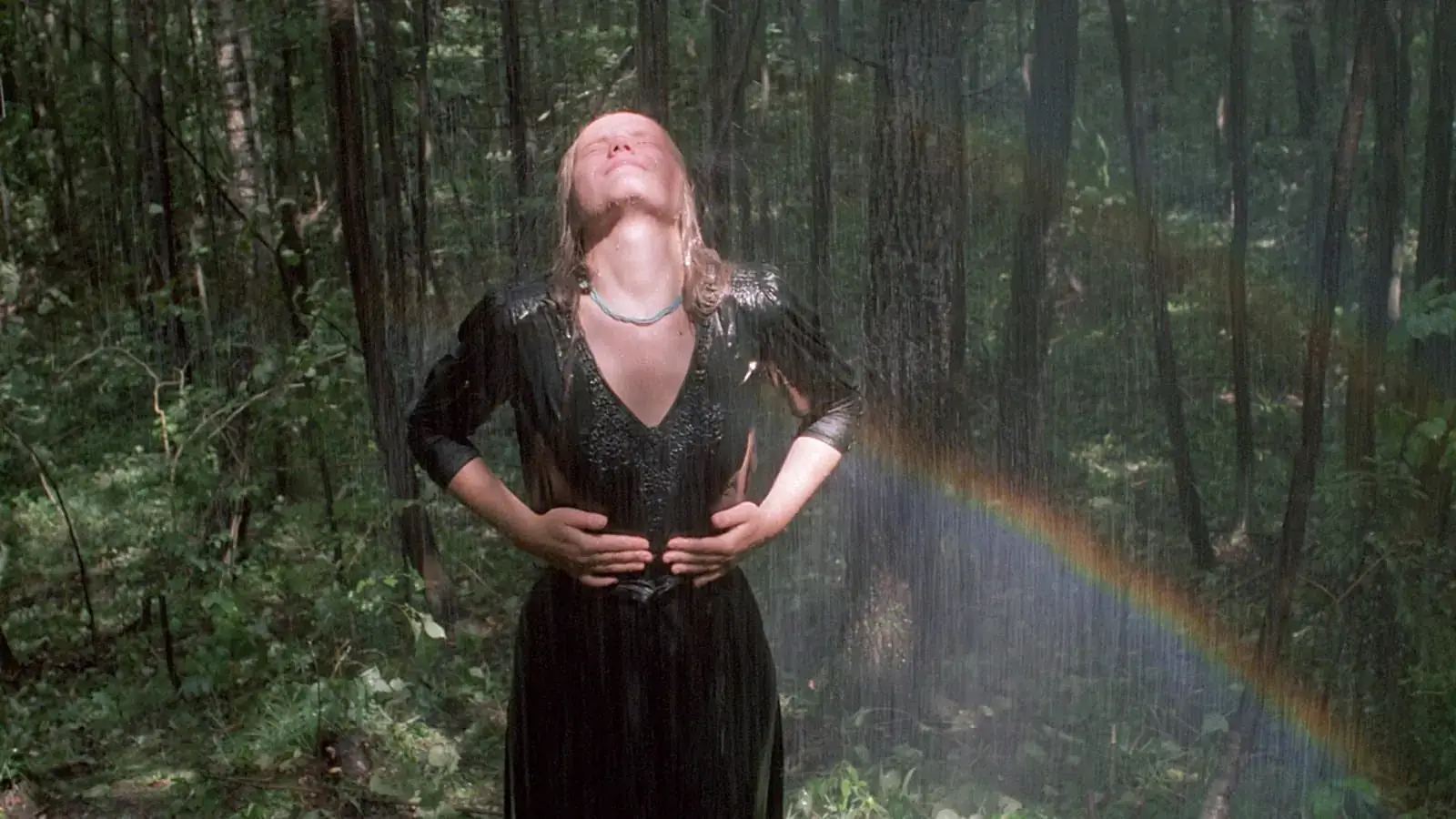
The Look of a Victim
Talking about something that captures the essence of the drama faced by people confronting extermination is always fraught with a degree of conventionality. However, this conventionality is necessary to ensure that the discourse surrounding such events is not limited to quiet, intimate conversations held behind closed doors between survivors. That cannot be allowed. We must confront genocide on various levels, including language and imagery used to represent and describe it. If I were asked which film face most fully and hauntingly captures humanity’s intellectual helplessness in the face of extermination, I would, without hesitation, point to Aleksei Kravchenko’s portrayal of Florya. If asked to choose a sound, I would choose silence—the mute scream that follows the character after reaching the other side of the sea of fog.
In the context of mass exterminations during World War II and even in more recent events like those in Srebrenica or Rwanda, one often encounters this silence. A person certain of their death doesn’t always scream; sometimes they just look at their executioner. This gaze is said to be a curse for the killer, one that haunts them for life. In Africa, murderers liken it to a hex that follows them to the end of their days. In the face of the ultimate, language fails, reminding us that silence is an integral part of it.
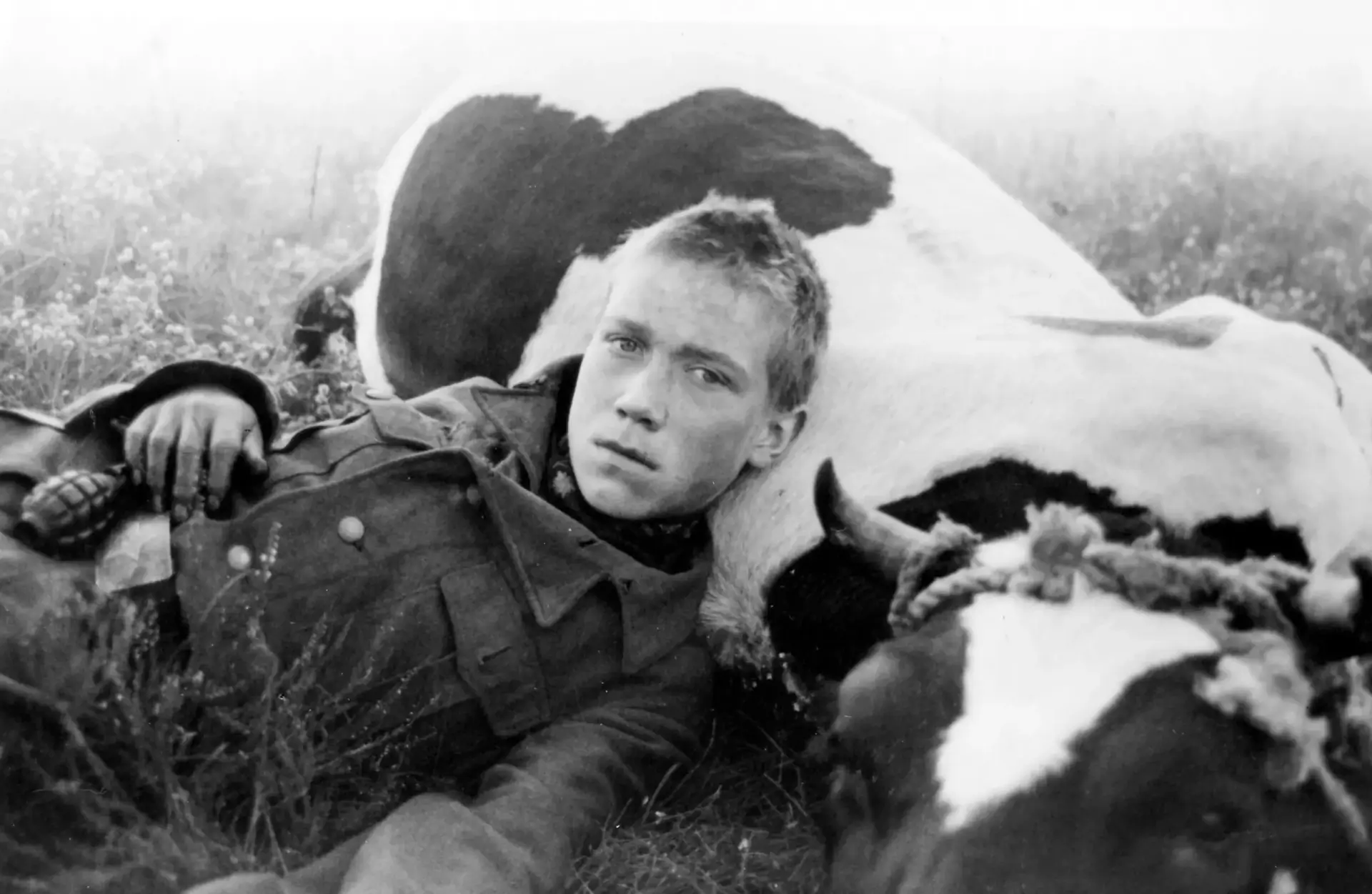
During the filming of Come and See, Kravchenko couldn’t understand this. Yet, it didn’t stop him from delivering one of the best, if not the best, child performances in the history of cinema. The juxtaposition of Florya’s terrified, dehumanized face with his slightly chubby, radiant expression from the beginning of the film is simply horrifying. It’s a transformation far more unsettling than the war metamorphoses of adult characters from the most well-known titles addressing the impact of war on human psyche. Kravchenko, in this regard, even surpasses the characters of Apocalypse Now. How was this young boy able to get into the role so deeply that just watching his agony becomes a painful experience for the viewer? There are many stories about the conditions on Klimov’s set. It’s a fact that live ammunition was used, sometimes missing the young actor’s head by mere inches (like in the scene with the dying cow). The director admitted that after watching Werner Herzog’s Heart of Glass, he considered using hypnosis on the actor to mitigate the potential trauma of playing the role. Psychologists, however, did not agree to this idea, but does that settle the matter?
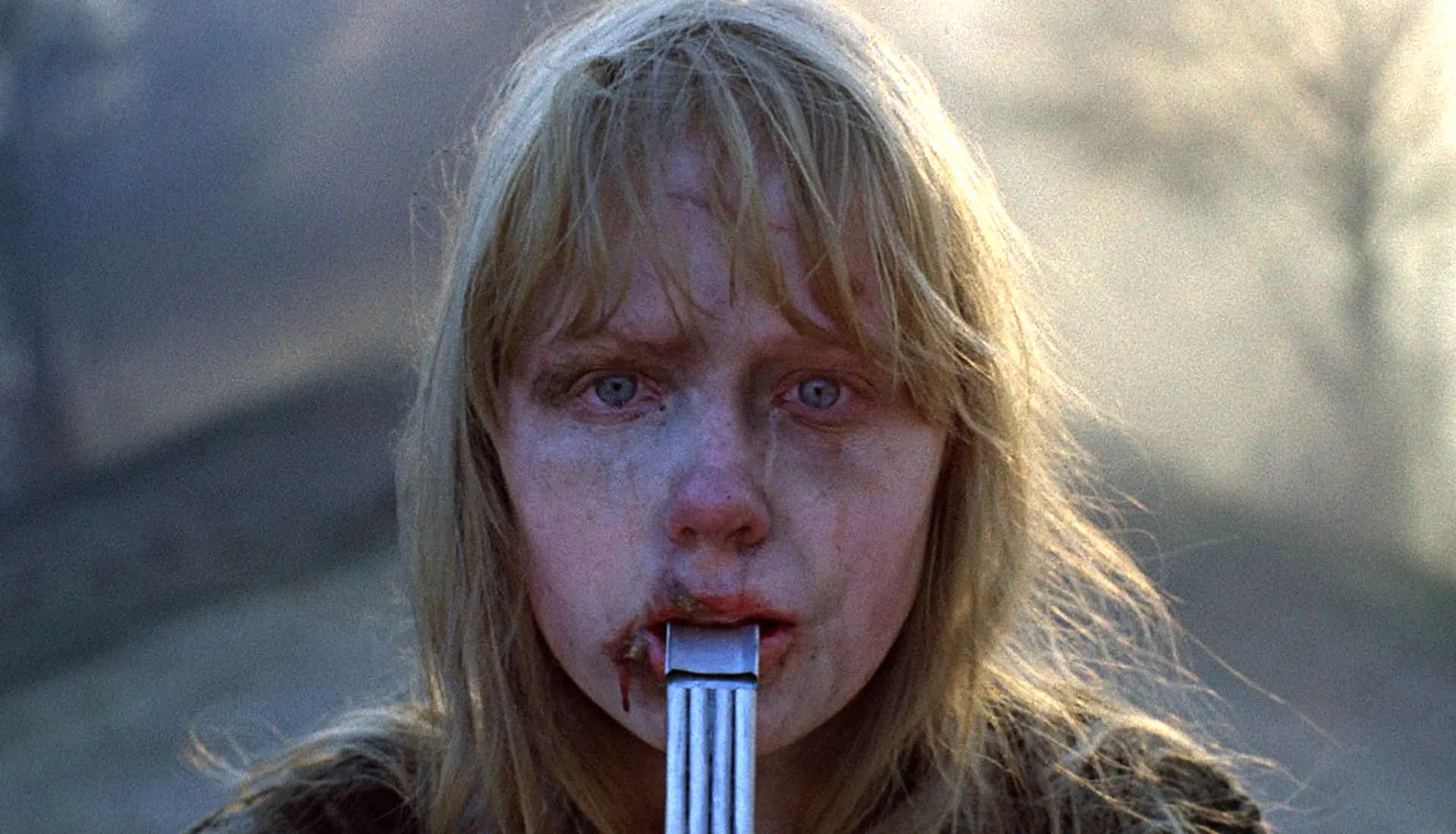
Klimov can be criticized for certain historical omissions. Critics often point to the glossing over of the Belarusian partisans’ actions and the omission of the UPA’s role in operations in the western Soviet Union. But when making such accusations, two things should be remembered. First, Come and See waited eight years for approval from the censors. Its production was only made possible by the political thaw and the anniversary of the end of World War II. Klimov had to avoid creating a film destined for the archives. Second, the film is not a comprehensive view of the Belarusian front, but rather a study of a specific case, one that was important to both Klimov and Adamovich.

Above all, Come and See is that mute scream, the curse seen in the eyes of the victim, which does not function as a mirror. It reaches deeper. In a mirror, the murderer sees a person they’ve known since childhood. In the reflection of the victim’s glassy eyes, however, a beast emerges from behind the human face, a beast that, once awakened, never returns to its lair.

